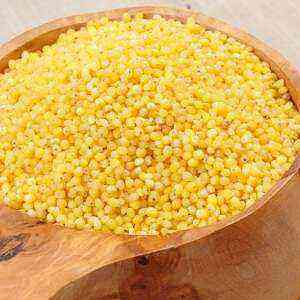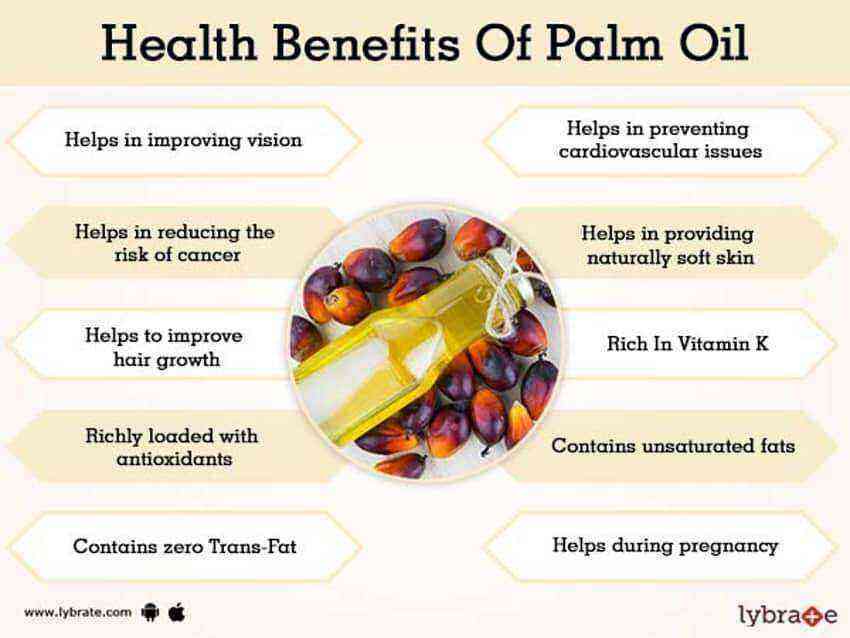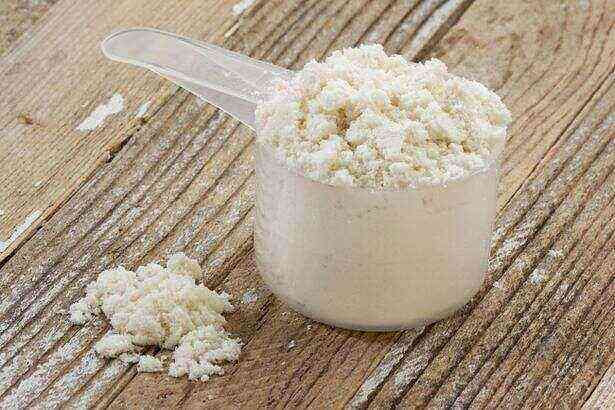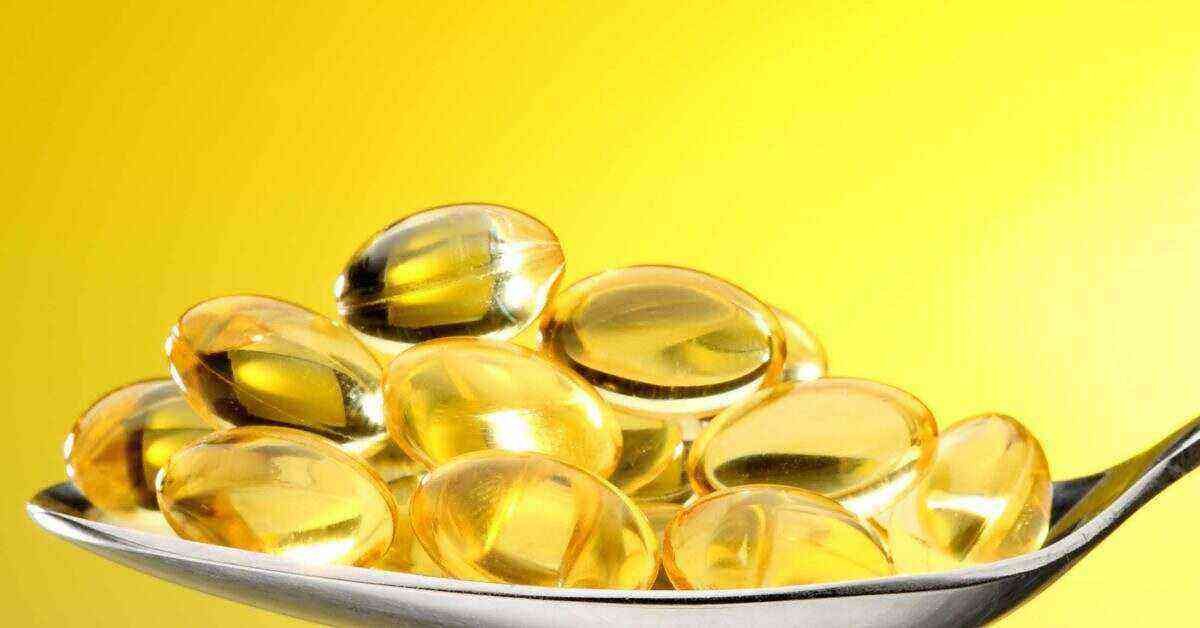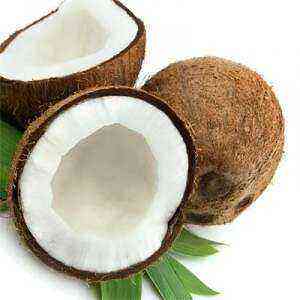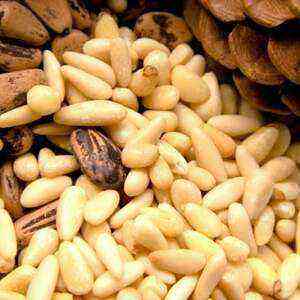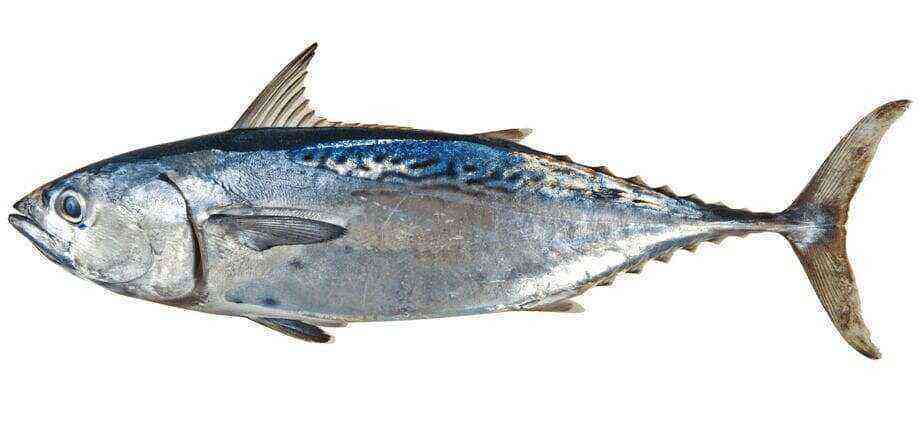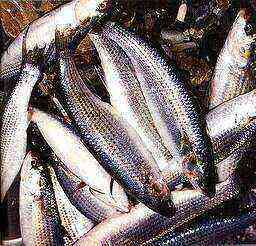Cow’s milk is composed of protein, fat, carbohydrates, water, ash, organic acids, minerals and vitamins. It contains almost the entire line of B vitamins, vitamins E, D, H, ascorbic acid, beta-carotene, vitamin PP, choline, nucleic acids, monounsaturated fatty acids, lactose, essential amino acids.
Of the mineral elements, perhaps the most valuable and essential element of the composition is the macronutrient calcium. It is included in the chemical composition of cow’s milk in a form that is optimal for easy assimilation by the body, in an average amount of 100 to 150 mg%. It also includes potassium, phosphorus, chlorine, sulfur, magnesium, sodium, various chlorides and citrates, and a number of trace elements.
The amount of mineral elements and vitamins, as well as the percentage of fat content in milk may vary depending on the season, housing conditions, health and diet of cows, age and other factors affecting lactation.
The benefits and harm of milk
The fat content of cow’s milk averages 3,5%. The degree of fat content is usually regulated industrially: to obtain a product with a higher fat content, it is diluted with cream, and to reduce the percentage of fat content, it is specially defatted. Thus, the fat percentage can be from 1 to 5%. Anything over 5% is already considered cream.
The benefits of cow’s milk for the body are undeniable – it is the richest source of vitamins and minerals. The lactose contained in the composition is good for the heart. However, milk should be consumed with caution. It is contraindicated for people with lactose intolerance. People with diseases of the gastrointestinal tract, liver or pancreas should also refrain from eating dairy and choose fermented milk products for their diet.
An alternative view of the benefits and harms of milk is in the article by Alexei Livanov.

